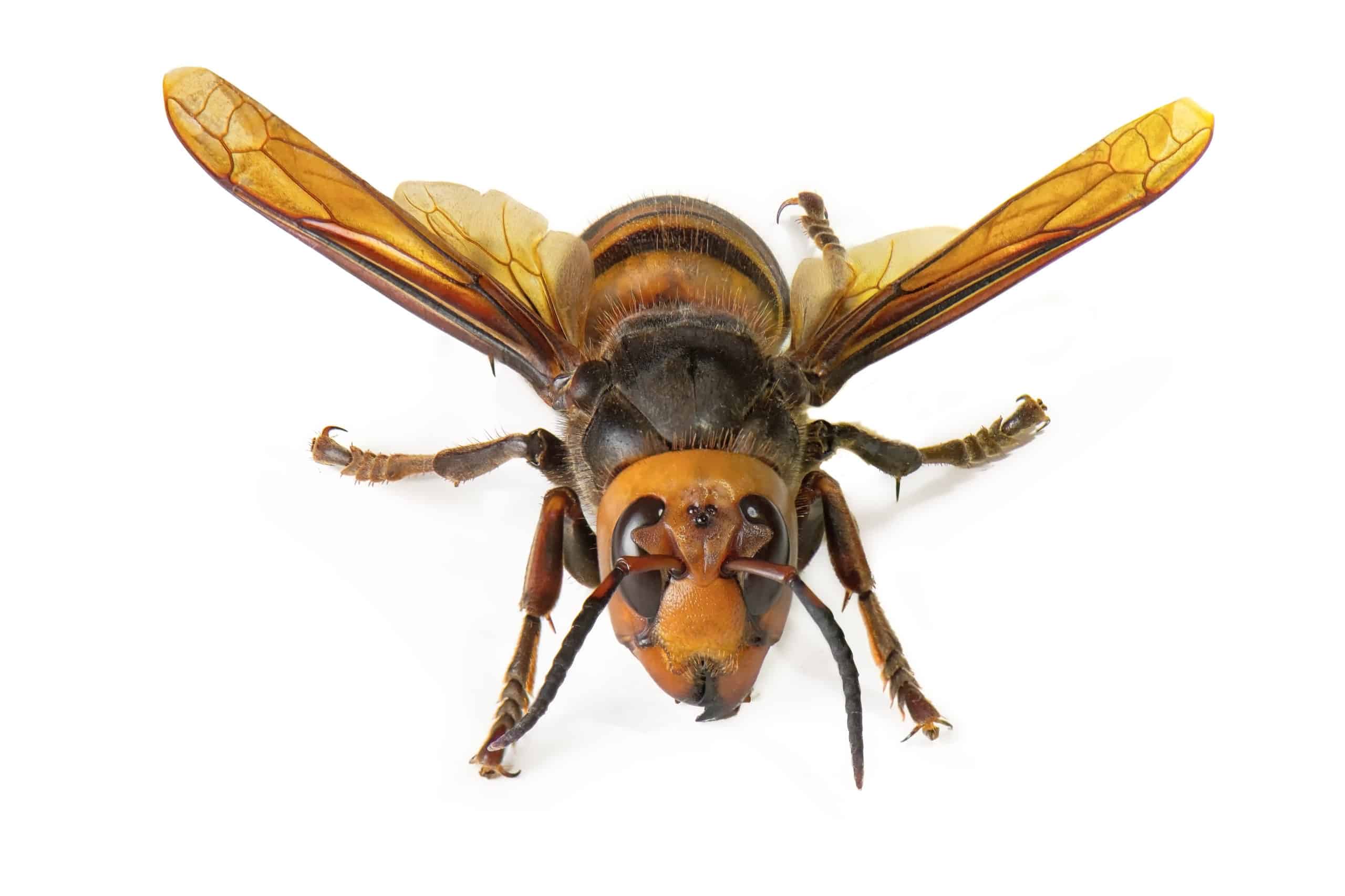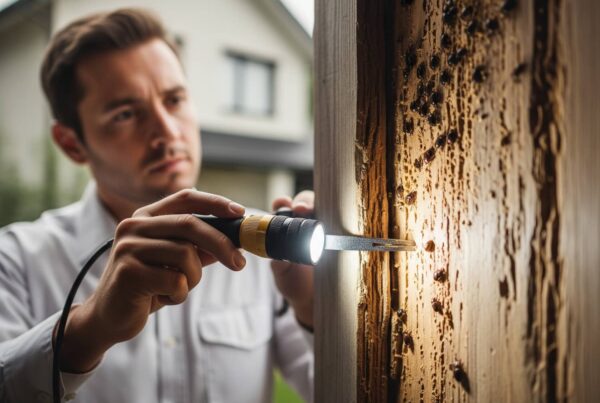
Fact, Fiction or Simply level 6 in the 2020 game of Jumanji?
The New York Times reported on May 2nd, 2020 that “Murder Hornets” with “mandibles shaped like spiked shark fins” were descending upon North America from their native habitat of Asia. “Murder Hornet” is the nickname bestowed upon Vespa Mandarinia. The largest specimens come in at just under two inches long. According to recent press reports, two Asian giant hornets were found in North West Washington state in late 2019, and a hornet colony was found and eliminated in British Columbia. This was such a surprise because this is a species not normally known to occur in North America. However, after the elimination of this colony, the giant hornet has not been found in 2020 in the United States or Canada.
Vespa Mandarinia are fairly common in the mountainous regions of Asia.
Not often seen in large cities or highly urbanized areas, they usually nest at the base of large trees and inside dead logs. They also cannot tolerate extremely hot or cold temperatures.
How did these formidable Giant Hornets make their way from East Asia to the front door of Canada and North West America?
Most likely, they entered Canada via a shipping package and created the colony that was discovered in 2019. It’s easy for an invasive species to travel this way. More than 19,000 cargo containers arrive daily at US ports, and inspectors can only perform random searches of shipping containers. One estimate suggests that only 2 percent of shipments are searched for evidence of harmful organisms such as plant pests.
Many invasive species are intercepted, but some do get through.
Regardless of sex, the hornet’s head is a light shade of orange and it’s antennae are brown with a yellow-orange base. Its eyes are dark brown or black. Its orange mandible contains a black tooth that it uses for digging. The thorax is brown, with two large grey wings varying in span from 3.5 to 7.5 cm. The abdomen alternates between bands of dark brown or black, and a yellow-orange hue (consistent with its head color). Its stinger is typically 6mm (¼ in) long and contains a potent venom that, in cases of multiple hornets stinging simultaneously, can kill a human. The queens are considerably larger than workers. Queens can exceed 50 mm (2.0 in), while workers are between 35 and 40 mm (1.4 and 1.6 in).
The reproductive anatomy is consistent between the queens and workers However, workers do not reproduce.
Why the nickname Murder Hornet?
Photographs and videos have surfaced showing how viciously this insect has attacked honeybees elsewhere in the world. They crawl into hives and rip off the heads of bees in large numbers. One Giant Hornet can kill up to 10,000 bees in just a few hours! Therefore gaining the villainous nickname, “murder hornet”.
All giant hornet workers are female. After one finds a likely target bee colony she places a pheromonal mark on it for other workers to find. When the scent is placed on an Asian honeybee hive, the bees all hunker down indoors. If a hornet gets into the nest, nearly 400 worker bees will quickly surround it, forming a ball of buzzing insects. The bees vibrate their flight muscles, raising the temperature to almost 115 degrees. Carbon dioxide levels also go up within the ball. The bees can handle the harsh conditions, but the hornet can not and therefore dies. However, if enough hornets respond to the pheromonal call, they can overwhelm the bee defenses. When the hornets are done with their attack, they have a food bank of immature bees still in their waxen cells.
How dangerous is a sting from a giant hornet?
The venom of an asian giant hornet may be less toxic than a honeybee’s, but the hornet is so much larger and its’ stinger is about 6mm _1/4 in) long! So, it packs a bigger punch, and it can sting you over and over. People stung by the hornet have described the experience as being akin to being stabbed with a hot metal pin. The National Geographic has some great research on why the stings are so powerful. You can read their story here. The stinger is also long enough to pierce the standard protective gear beekeepers wear. The stings can cause skin hemorrhaging and necrosis and ultimately organ injury if not treated immediately.
As of late 2019, Washington State is the only US state with official Asian giant hornet sightings.
Due to similar appearances, bald-faced hornets and European hornets can be mistaken for Asian giant hornets. Regardless of the species, if you discover or suspect a stinging insect infestation, contact a licensed pest prevention professional to effectively handle the problem. Nest removal is not a “do-it-yourself” job, as stinging insects send more than 500,000 people to the emergency department every year.
Should you have any questions about protecting your home and family, please reach out or visit our Pest Control Page! We are always happy to answer any questions even if you aren’t currently using us for pest prevention.
It is of course, the #HonorWay!
Jacob Morehouse
Director, Pest Prevention
Honor Services
About the Author:
Jacob Morehouse has six years of experience in the customer care and pest prevention business and he has completed the Master of Termite Management program offered by The University of Florida/Pest Management University.
You can reach Jacob for any pest help by emailing him at PestPros@HonorServices.com



